The Boone’s Lick Road follows the old Osage trace and stretches from St. Charles to the Boone’s Salt Lick in Howard County. First used in 1804, by 1816 St. Charles County’s residents were petitioning the Government to survey and establish a better road. Many of the residents along the road had chosen to live along the road, while some had not. Early settlers, like the Naylor, Gill, and Bates families, had established themselves further west of John Pitman along the Dardenne River. In 1829, William Campbell led a caravan of family and friends, with 25 enslaved people, from Rockbridge County Virginia to the prairie in Dardenne Township. They would arrive in October and immediately join the Presbyterian Church which had already been established in 1819.
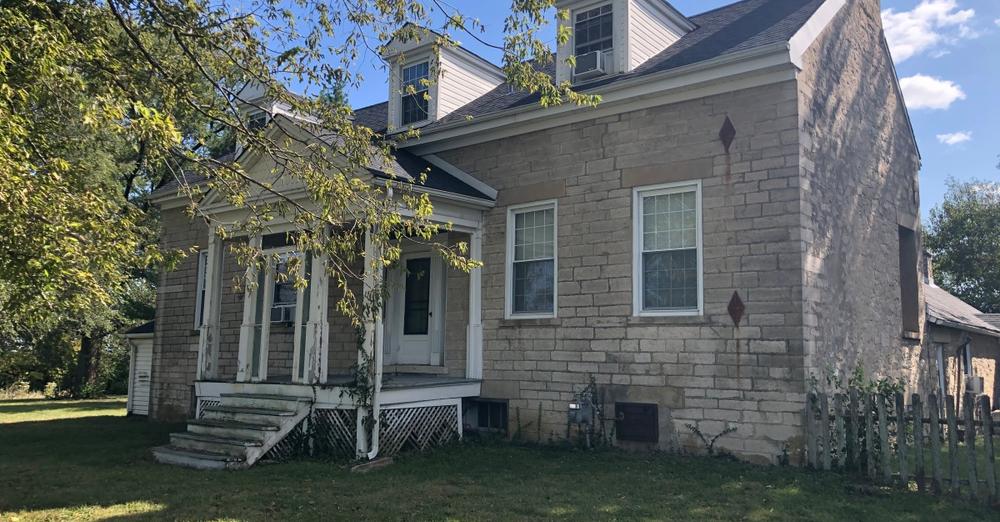
James Alexander and his wife Nancy brought their enslaved with them and purchased land in 1830, living in a log house already on the property. They began building this beautiful stone home on Boone’s Lick Road, with much of the work done by the enslaved. But by 1835, both husband and wife had passed away from the cholera epidemic that was sweeping the countryside, leaving behind four orphans. James Alexander’s will left instructions that the house, property, and the enslaved were not to be sold, but to be leased out and the funds used to support the Alexander orphans. One of their enslaved, Archer Alexander had worked with both brick masons and stone masons and was a talented carpenter as well, would work with the area’s enslaved, to see the building finished, in about 1836. The walls are two stones or twenty-seven inches deep. Originally every room was heated by fireplaces, some with marble mantles and some of finely carved walnut.
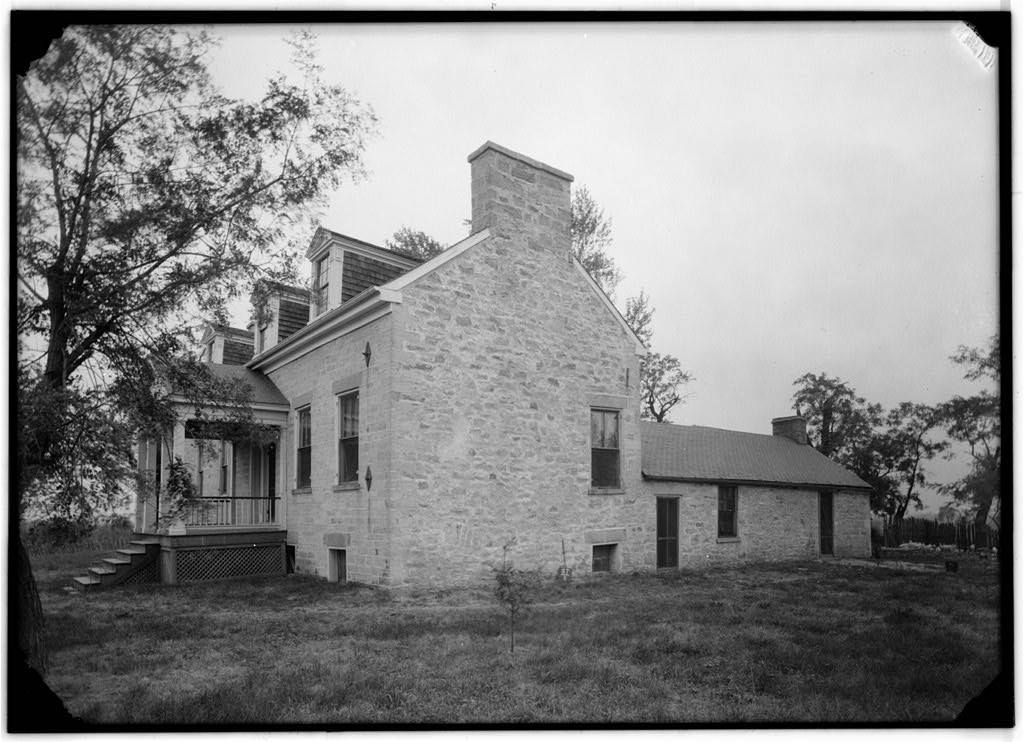
The Executor of the estate was William Campbell, and it would become the home of his relative, Capt. James Campbell, who had served in the War of 1812. In 1838, Captain Campbell would be taxed for twenty-two male slaves and their families. Eventually, the enslaved and the real estate would be sold. In 1863, Archer Alexander, an enslaved man now belonging to Richard H. Pitman overheard the Confederates planning on destroying the Peruque Creek bridge, about 5 miles north of the house. One of those involved in the plot, besides Pitman, was Capt. James Campbell, who had stored guns and ammunition in his icehouse out back on this farm. When Archer overhead the men’s plans, he raced to Fort Peruque, established to guard the bridge, to warn the Union’s Home Guards under Lt. Col. Arnold Krekel. When it was discovered that Archer was the informant, the area Confederates came after him, and he fled to St. Louis using the network to freedom, which we refer to today as the Underground Railroad.
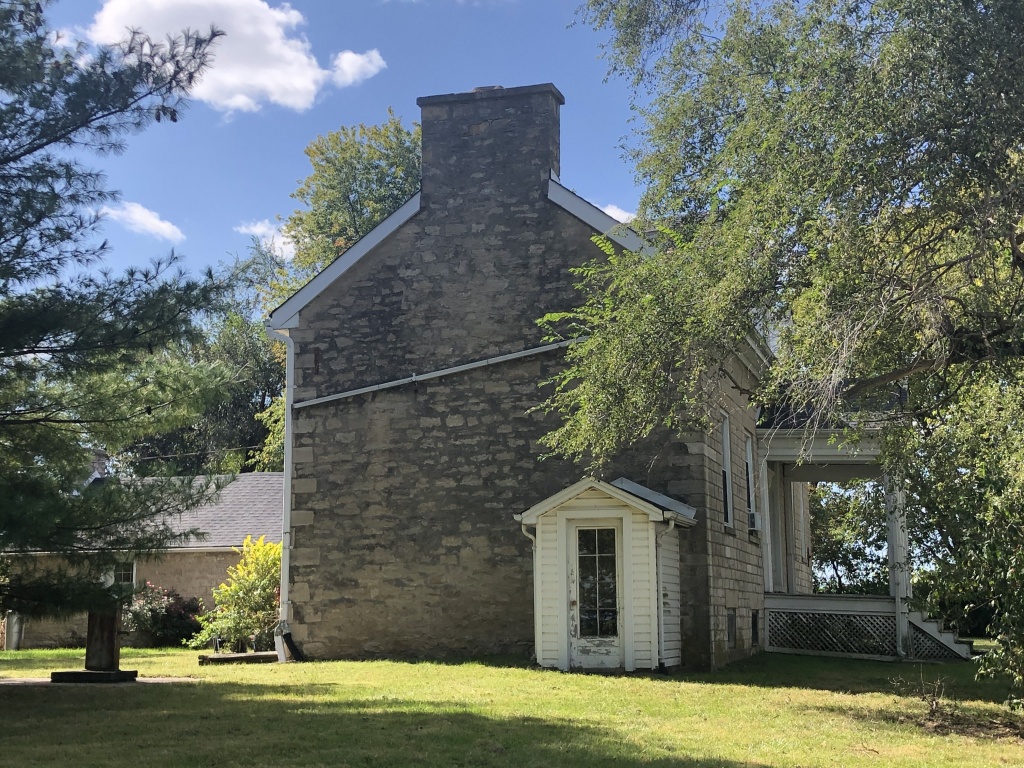
Campbell would lose his property, die a few years later, and is buried in the Pitman cemetery. He left behind this beautiful stone house, which still stands today and shares quite a story. Once part of a huge farm of hundreds of acres, the property is a private home today. The house still stands on the south side of Boone’s Lick Road, which is today’s Hwy. N, just west of its intersection with Hwy. K is a testimony to all of the early residents of St. Charles County.
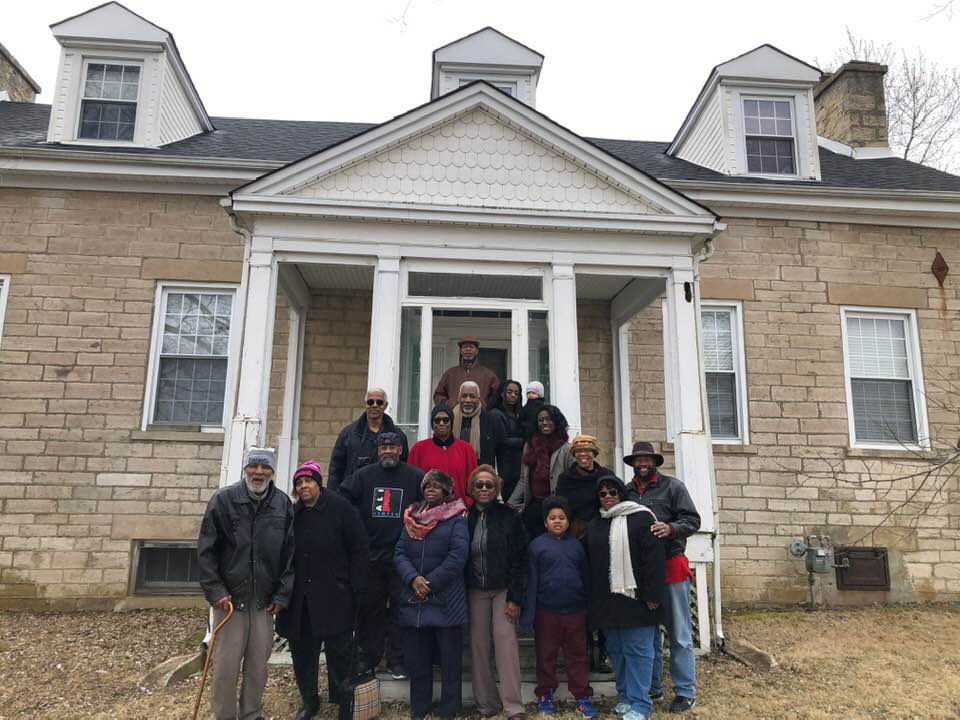
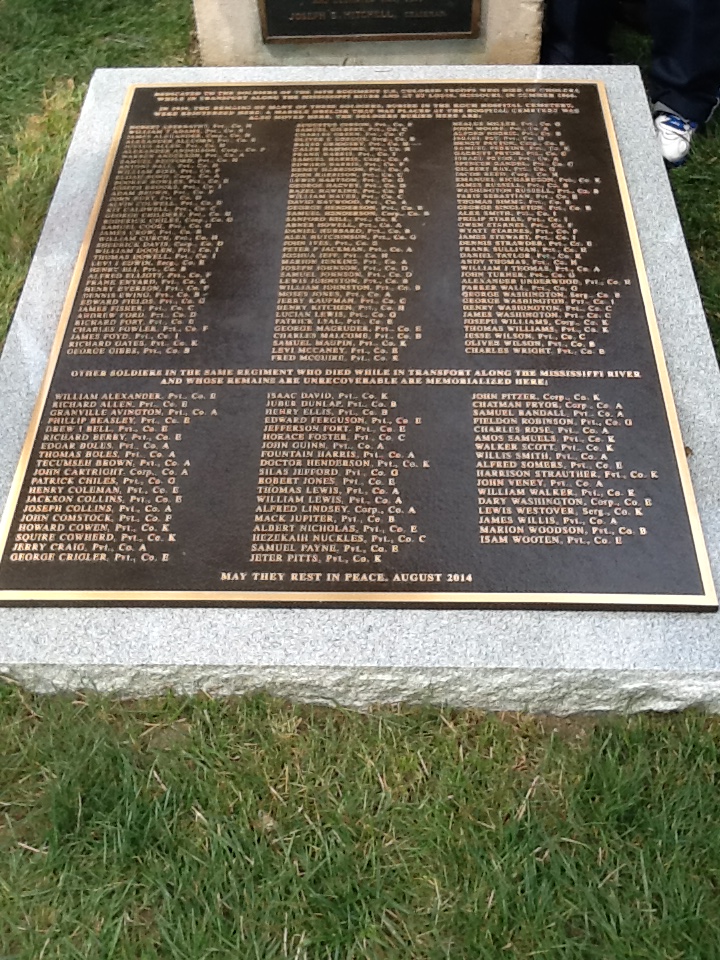
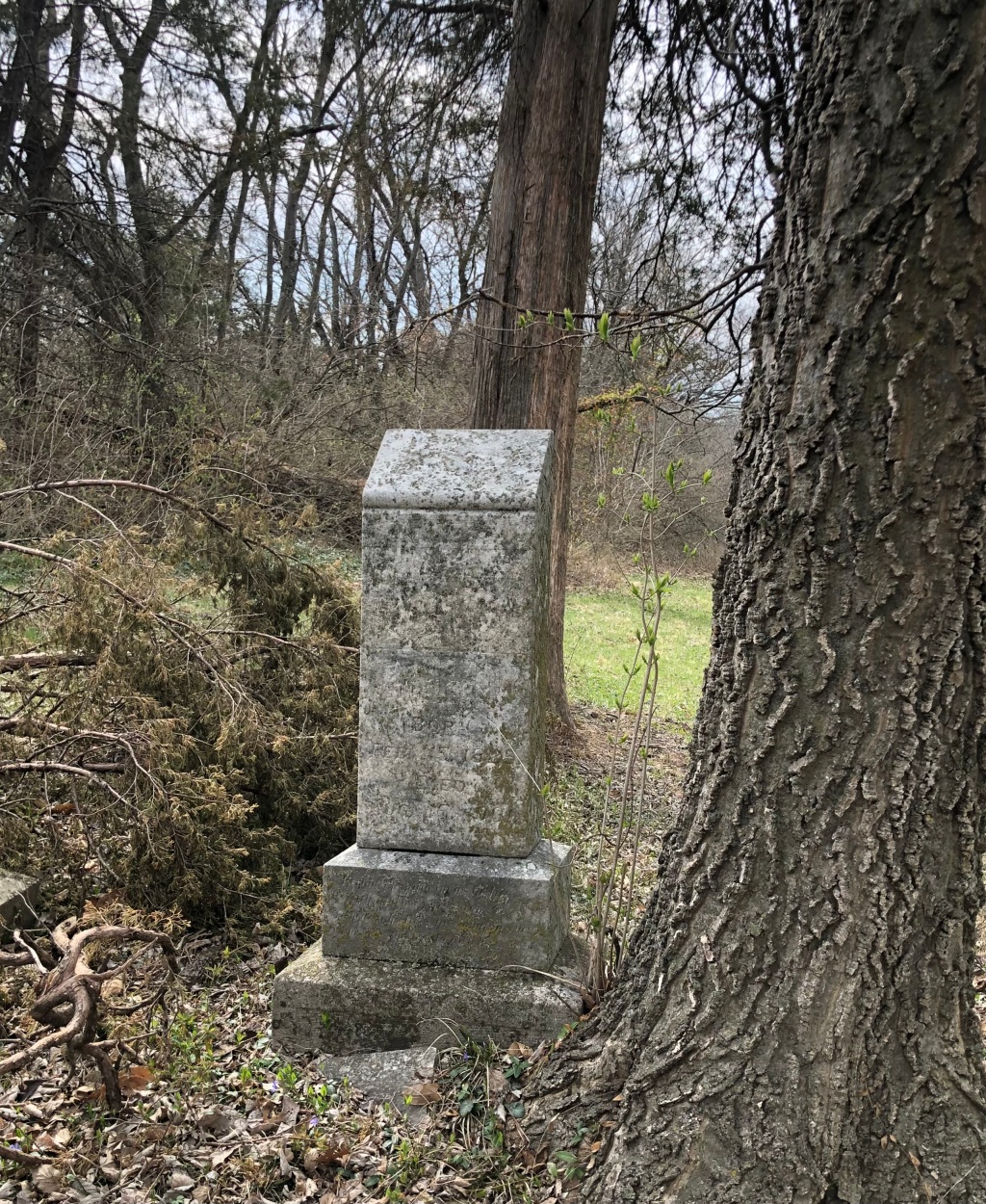
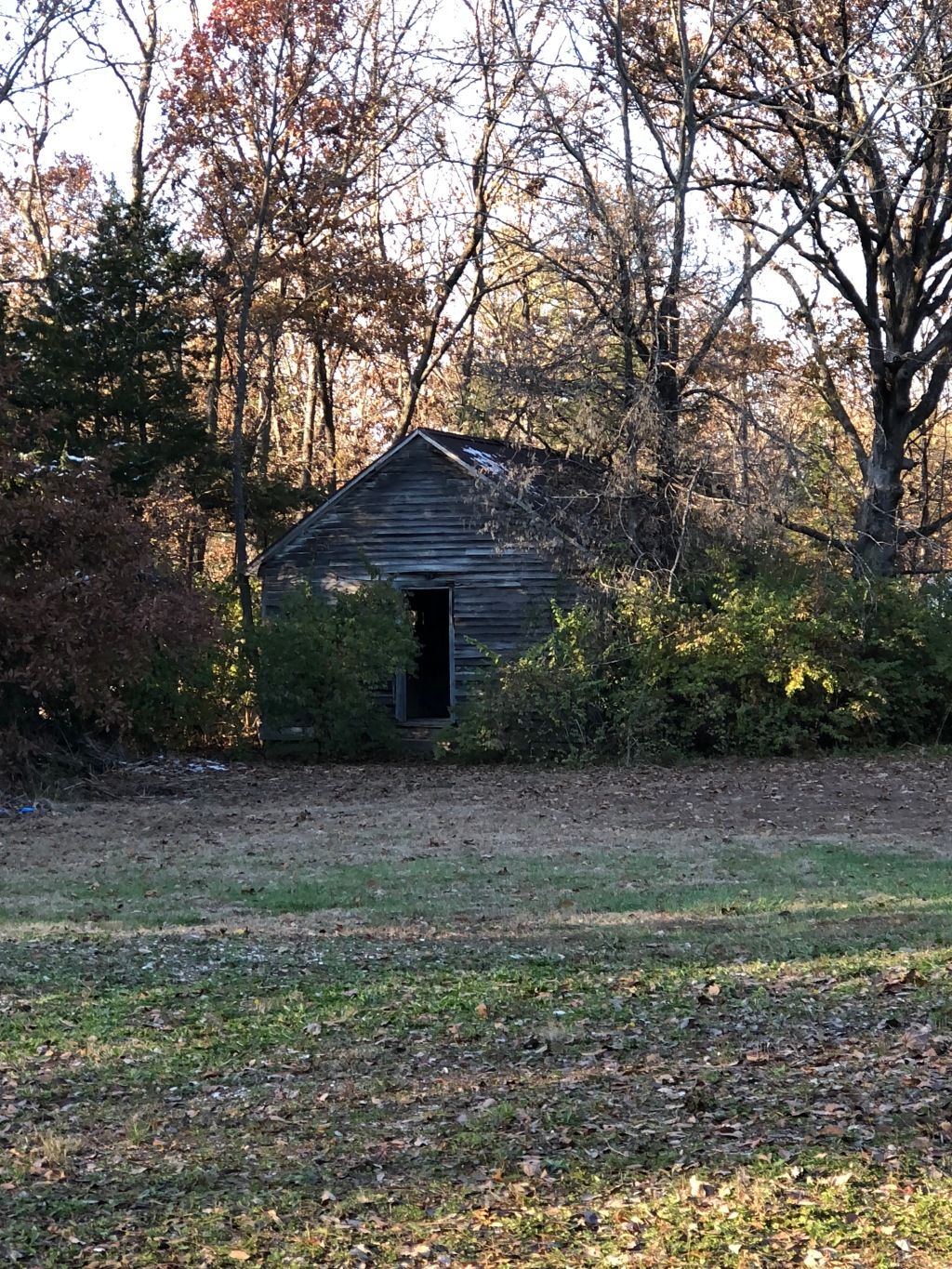
You must be logged in to post a comment.